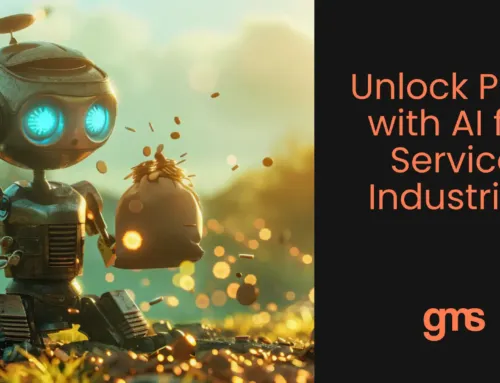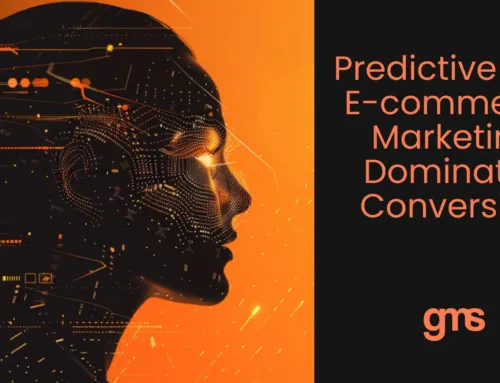Launching a Google Ads campaign is as straightforward as it gets. But optimising it for maximum profit isn’t always a walk in the park.
If your Google Ads campaign isn’t worrying you, maybe it should.
In simplest terms, it can make or break your profit per customer. And due to the always-changing PPC advertising realm, you’ll need to understand and implement specific tactics and best practices while ensuring they are up-to-date.
Every single element of your campaign should also be created to achieve a specific objective that works towards increasing your ROI. And the more thoughtful your Adwords campaign is, the narrower your targeting and the higher your conversion rate will be.
To give you a sense of what’s vital in an Adwords campaign and what you don’t want to overlook, here are seven tips to follow. Doing so can boost your ROI.
The 8 Tips
Tip #1. Determine Customer Demand
Consumers search for things they need. And if your service or product isn’t satisfying a particular need or isn’t in demand, your chances of converting leads through a Google search campaign will be slim. Additionally, your advertising costs will be substantial if they’re not generating an increase in sales.
The first step in creating an efficient campaign is identifying the type of customer demand on the market. This is always done in the pre-launch period.
Only when you determine the customer demand can you begin optimising your keywords. And using Google’s Keyword Planner is an excellent starting point here. It’s also a tool you can continue using to monitor any shifting trends.
Taking these preliminary steps will give you a better understanding of your cost per keyword and will allow you to develop a cost-effective and profitable campaign.

Tip #2. Know the Cost
Certain industries have very expensive keywords. Things like “foreign exchange trading” or anything related to finance trade, and mobile apps can cost well over $200 in Australia. This is due to the highly competitive nature of specific keywords.
So, the question is, do such keywords make you visible?
Yes, they do. But it might not always be worth it.
Most medium-sized businesses, for example, can’t achieve a high ROI if they focus on the highest-paid keywords. And the reason for this is quite simple:
A keyword’s popularity and a high conversion rate aren’t the only variables in your advertising cost.
That said, you should also account for your campaign’s profit per individual customer. Only then can you truly create a detailed budget for your PPC advertising campaign.
New rollouts to search engine algorithms and ad copy may also impact this moving forward. Some keywords may change their costs over time, so it’s worth monitoring this area to ensure a high ROI.
Tip #3. Do Competitor Research
Why are some of your competitors ahead of you in results? That’s exactly what you need to find out. After all, your business rivals that figured out how to create successful ads clearly know something you don’t.
Competitor research is key to maximising your ROI. This can expose you to underutilised tactics that are already proven to generate profit.
You can also dissect competitor ads to understand tonality, messaging, and visual elements that have a higher conversion rate than yours.
Furthermore, Google has something called the Quality Score. It’s a rating metric that determines how much exposure Google will give your ads compared to your competitors. Brands with higher scores than yours will get more face time with customers.
Again, this is where research pays dividends.
You need to see what your rivals are doing to score higher than you. Then, you can use that information to tweak your ads and make them more relevant, optimise your website, rework your keywords, etc.
Tip #4. Optimise Your Website
Using Google Adwords is a great way to generate leads and attract customers to your brand. You can get tons of clicks after all. However, clicks alone don’t translate to sales. Because once someone clicks your ad, they’ll be redirected to your website or a standalone landing page.
That’s another area you need to focus on and consistently improve.
A common misconception is that optimising PPC ads is enough to boost sales and get a high ROI. But in many cases, what happens after a consumer clicks a link will influence their decision to buy even more.
If your content and offer are compelling enough, then your landing page might be the element that’s causing your campaign to fail.
When it comes to website optimisation, you’ll want to emphasise any unique selling points. Make sure to create an attractive offer and use a tailor-made CTA for your target audience.
Tip #5. Don’t Forget About Mobile Traffic
While the differences between a regular and a mobile-targeted Adwords campaign are small, they’re not insignificant.
More and more consumers use their mobile devices to find what they need. As a result, websites and landing pages need to be mobile-responsive and optimised for pocket devices.
Furthermore, mobile-related keyword metrics can help you determine how to best structure your search phrases and ad copy so that people get the essence of your message and don’t miss your CTA.
Tip #6. Filter Out Unnecessary Keywords
The term “negative keywords” may sound like something you’d want to avoid. However, this refers to the technique used by advertisers to avoid paying too much for unrelated traffic.
Say you’re trying to sell glasses.
- “Reading glasses” would be a positive keyword
- “Wine glasses” would be a negative keyword
Using a negative keyword will allow algorithms to filter out bad traffic and increase your chances of getting clicks from relevant customers. Thus, you’re not wasting as much of your advertising budget.
Tip #7. Leverage RLSA – Remarketing Lists for Search Ads
Sometimes consumers click an ad, visit your website but don’t buy immediately. When that happens, you still get to see who has shown an interest in your offer.
If you implement a remarketing list for search ads, you’ll be able to reengage those prospects and grab their attention, perhaps with a more targeted campaign.
Customising the messaging of your RLSAs can generate engagement, spark interest in your products or services, and increase your Adwords campaign’s ROI due to the lower costs associated with remarketing.
Tip #8. Partner With Digital Marketing Experts
Although many factors contribute to your Adwords campaign’s ROI, understanding your customers and creating an offer that resonates is among the most important.
You can always take your time to plan and implement a powerful Google Ads campaign. However, adding an expert’s touch to the process will allow you to generate better results.
Find out how we can help you achieve your company’s Adwords objectives by scheduling your free consult with one of our GMS experts today.




